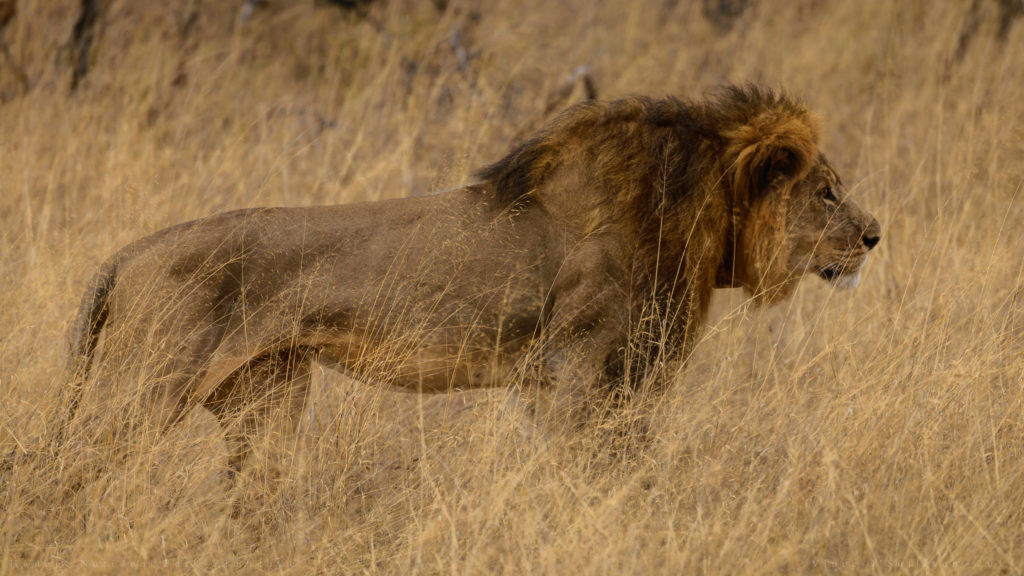We are living in the sixth mass extinction. Birds are disappearing from North America, the Amazon is on fire and biodiversity is disappearing at a rapid rate. Droughts are becoming more frequent, extreme weather events are proliferating, and formerly intact wild landscapes are being decimated. The ecological systems that support our planet are in free fall.
Attempts to quantify externalities (costs not internalized to reflect on producers’ balance sheets) and make polluters pay have failed. We’ve tried to put a monetary value on “ecosystem services,” which cannot be valued. Try, for one minute, to avoid breathing, and you’ll discover how invaluable oxygen is. Yet, the disappearance of our carbon sinks and biodiversity is a direct result of our insatiable greed for more.
We consume and produce unsustainably and delude ourselves into believing that technology will at some stage provide a silver bullet for eliminating the negative externalities that currently erode our “ecosystem services.” I’m all for technological solutions, but new technologies will not address our moral failure to steward the planet well.
In the last few years, as our climate crisis has unfolded in real-time, trophy hunting has come under the spotlight. Trophy hunting is characterized as (largely) Western individuals paying to hunt large mammals such as elephants or lions abroad (often in, but not limited to, an African country). With the illegal killing of the lion given the name Cecil in Zimbabwe in 2015, this trade in death has rightly come in for a public beating. If part of the reason for the climate crisis is indiscriminate consumption and wanton extraction, then why do we allow the killing of nature’s biggest and best animals? Why do we stand idly by while hunters blast irreplaceable ecosystem engineers and keystone species?

Because hunting’s proponents are politically powerful and well organized. There is also a cohort of scientists who share the view that, as morally reprehensible as the individual act may be, the consequence of banning hunting (or the import of trophies) may end up producing worse outcomes for biodiversity conservation. There were no fewer than six responses to the latest articulation of this view, and each of which drew attention to the various problems with the contradiction of killing animals to save them.
The most important contribution shows that the view espoused by pro-hunting academics – that “policy should be based on science, not feelings of ‘repugnance’” – “establishes another false dichotomy.” The truth is that “emotion attends moral judgement, which informs policy… science can quantify risks, but cannot tell us whether they are acceptable or by whose values they should be judged. Governments are right to institute policies that manage the landscape of risk by weighing scientific evidence and accounting for the values of their citizens” (emphasis added). In this vein, the government of the United Kingdom has rightly opened a public consultation on its plans to ban trophy hunting imports.
The importance of moral reasoning in determining conservation policy cannot be overstated. Ultimately, morality and science are intertwined. To suggest that moral concerns should be ignored if “science” supports hunting is irreconcilable.
Morally, the idea of hunting any species faced with plausible extinction is intuitively disturbing. As Myanna Dellinger puts it: “Whether canned, legal, well managed, or not, the hunting of animals belonging to a species threatened with extinction is, to a large segment of the population, so appalling and disturbing at a deep moral and philosophical level that, under contract law and the public trust doctrine, such hunting should not be permissible in modern society.” Under the precautionary principle of law, a useful guide for conservation policy decision-making, actions should be taken to avoid morally unacceptable harm. Morally unacceptable harm occurs where an activity has, or is likely to have, irreversible effects.
In a context characterised by extreme levels of elephant poaching, for instance, trophy hunting is an especially egregious activity, as it has additive ecological effects. In other words, poaching and hunting both target the biggest and best males, which has cascading ecological effects. It reduces genetic health, skews reproductive dynamics and impairs proper family and ecological functionality within animal kingdoms. Hunters typically argue that their presence in “marginal” conservation landscapes serves a counter-poaching function, but the experience of the Selous Game Reserve in Tanzania gives the lie to this assertion. Between 2006 and 2014, the elephant population there plummeted from 65,000 to 14,867. Nineteen of the 20 concessions in the reserve were hunting blocks. Rampant corruption and alleged collusion between politically connected poaching gangs, syndicates and hunters drove the carnage.

Beyond the additive ecological effects of trophy hunting, which are morally unacceptable, there is a dissonance in the conservation literature. As recently evidenced in Science, many scholars express ethical unease with trophy hunting but defend it nonetheless as a legitimate conservation tool. However, no one should be willing to overlook the fact that the practice of paying a fee to kill an animal – to subsequently retain some part of its body as a trophy – is intrinsically troubling and morally inappropriate.
Trophy hunting is typically defended under a consequentialist moral framework. Guillaume Chapron and José Vicente satirically show the logical implications of employing consequentialist reasoning in conservation. Consequentialism determines an action to be right or wrong in view of the foreseeable consequences. If those consequences are deemed to be broadly good for society, an action is deemed morally acceptable. In Botswana, trophy hunting is deemed to be morally acceptable because its predicted consequences are that it will generate revenue and protein for local communities; provide an anti-poaching presence in marginal lands; create employment opportunities; and increase frustration tolerance for crop-raiding elephants. This is not atypical; a number of studies employ similar rationalizations.
However, the failure of consequentialism lies in its inability to omnisciently predict the collective outcome with any degree of computing accuracy. It can result in perverse justifications of actions that are inherently wrong and may have other unintended or unforeseen consequences. Trophy hunting, for instance, is likely to increase pressure on wildlife by selectively harvesting individuals with fitness-enhancing traits.
Even if there was ecological validity to the “kill to reduce overpopulation view” – which there is not– this reasoning ignores the fact that the collection of a secondary sexual characteristic (a tusk trophy or a mounted lion head) is a morally inappropriate way to interact with animals regardless of the expected conservation outcome. It exemplifies an exploitative, anthropocentric and crudely utilitarian perception of non-human animals. These non-human animals, like elephants, are not only physically, socially and emotionally disrupted through hunting, but also debased. They are objectified, then commoditized, killed and dismembered. Non-human animals, especially those with elements of “personhood,” are living beings with interests of their own. As Chelsea Batavia and her co-authors put it: “To transform them into trophies of human conquest is a violation of duty and common decency.”
Non-consumptive alternatives to trophy hunting face challenges but they do exist, and global funding for their replication and scaling is now necessary. Trophy hunting should not be presumed as a necessary condition for conservation success. Despite arguments that local communities in Botswana unequivocally want hunting reintroduced, Yurco and others report that many residents interviewed noted that photographic camps were more beneficial because people were employed all year. Moreover, as Mkono points out, trophy hunting revenues make up a very small percentage of total tourism revenues in Africa. Through exploring the narratives that trophy hunting organizations (and individual hunters) use to sanitize objectification, she notes the persistence of a claim to kill animals out of a love for those same animals. Such a paradox cannot be morally resolved.

At the root of the moral argument is a question of objectification. Treating a non-human animal as nothing more than a trophy “is a key component of dehumanization, used to rationalize bigotry and aggression against other human beings.” For a Western hunter to pay to kill an African animal and expatriate their parts is a form of objectification, dehumanizing and therefore morally reprehensible. It may entrench a Western narrative of supremacy underpinned by chauvinistic, colonialist and crudely utilitarian anthropocentric attitudes. Thoughtful utilitarian approaches recognize the ethical dead end associated with trophy hunting, given the harmful effects to individual members of affected species.
Finally, the characteristics of elephants that suggest attributes of non-human personhood provide strong reasons to never kill them. While elephants may not be endowed with fully human-styled consciousness, they may be endowed with language, and socially engineer their environments in a way that supports accumulated collective wisdom. This would permit inference, according to Professor Don Ross, that the kind of consciousness they are likely to have “potentially provides them with leverage for assisted personhood in the near future.” This would depend on human researchers being able to develop the hardware and software to communicate with elephants and build the external scaffolding (libraries) that could provide information to them that they would understand and be able to draw from.
As shown earlier, we are presently ruining the environments on which elephants – non-human, hyper-social intelligent communicators – rely on for their survival. Morally, humans distinguish between killing persons (murder) and killing non-persons. Given that “elephants might have the necessary cognitive and emotional capacities for personhood,” we have urgent reasons to stop the slaughter against them, especially premeditated trophy hunting.
Featured image: a hunter’s trophy room. How can this be justified? Image credit jpmatth, CC BY-SA 2.0.





